Pitcher Plant Propagation: How To Propagate A Pitcher Plant
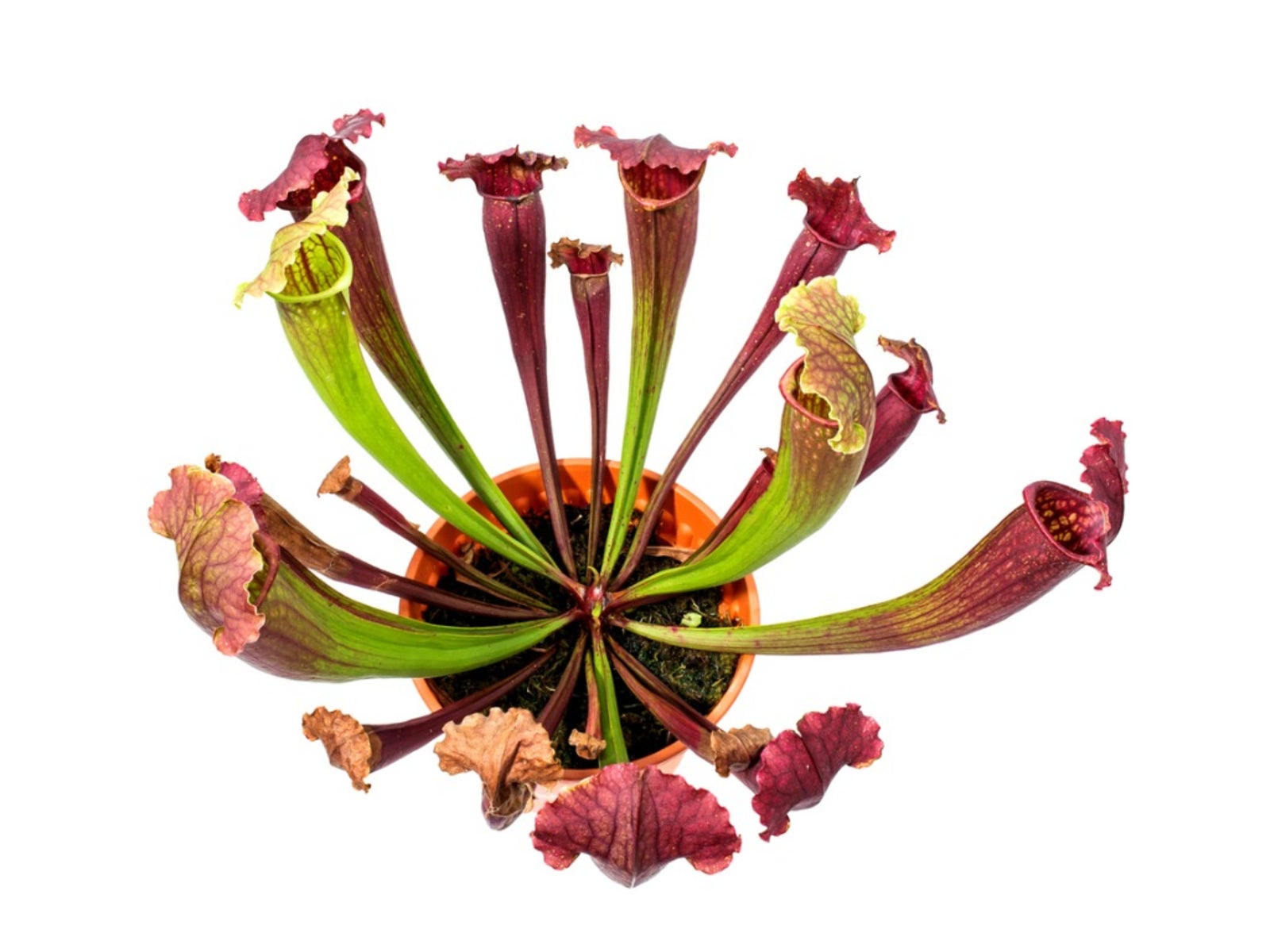
If you're a fan of the carnivorous pitcher plant, you'll eventually want to propagate some of your specimens to add to your collection. These plants may look exotic, but propagating pitcher plants is no harder than propagating any other plant. Pitcher plant propagation can be done in a number of ways, but planting seeds or rooting cuttings are the best methods for home growers to succeed. Learn more about how to propagate a pitcher plant and you'll increase your collection with very little effort.
Pitcher Plant Seeds
Collect pitcher plant seeds in late fall by pinching open the dry capsules over an envelope or piece of paper towel. Drop the seeds into a sandwich bag, along with a fungicide, and shake the bag to coat the seeds. Pour the seeds and powder onto a new sheet of paper towel and blow off the excess powder. Spread the seeds out on a dampened paper towel, roll up the towel and store it in a zip-top bag in the refrigerator for two to three months. Sprout the seeds by sprinkling them over a mixture of sand and peat moss. Water it and place the planter under grow lights 18 hours a day. Germination can take weeks, and the seedlings need to stay under the lights for at least four months before transplanting.
Pitcher Plant Cuttings
A faster way to propagate them is by rooting pitcher plant cuttings. Cut pieces of stem that have two or three leaves on them, and clip off half of each leaf. Cut the bottom end of the stem on a diagonal and cover it with rooting hormone powder. Fill a planter with sphagnum moss and wet it. Make a hole in the damp moss with a pencil, place the powdered stem in the hole and push the moss around the stem to secure it. Water the pot again, place it in a plastic bag and place it under grow lights. The pitcher plant cuttings should root within two months, and can be transplanted after they begin to grow new leaves.
Gardening tips, videos, info and more delivered right to your inbox!
Sign up for the Gardening Know How newsletter today and receive a free copy of our e-book "How to Grow Delicious Tomatoes".
-
 Get Ready For A Summer Of Hummers! Grow These Full Sun Hummingbird Plants and Flowers
Get Ready For A Summer Of Hummers! Grow These Full Sun Hummingbird Plants and FlowersIf you’re lucky enough to enjoy a sunny backyard, make sure you are maxing out on your pollinator opportunities and grow these full sun hummingbird plants and flowers
By Tonya Barnett
-
 12 Lush Alternatives To A Lawn For Sustainable Spaces
12 Lush Alternatives To A Lawn For Sustainable SpacesAlternatives to a lawn are beautiful and also beneficial to your local ecosystem and its pollinators. Explore our top picks for plants to replace grass.
By Tonya Barnett
-
 Black Pitcher Plant Leaves – Why Nepenthes Leaves Are Turning Black
Black Pitcher Plant Leaves – Why Nepenthes Leaves Are Turning BlackPitcher plant has specific needs, and it lets you know with alarming clarity when those needs aren't being met. This article explains what to do when you find your pitcher plant's leaves turning black. Click here to learn more.
By Jackie Carroll
-
 Watering Nepenthes – How To Water A Pitcher Plant
Watering Nepenthes – How To Water A Pitcher PlantThere are many types of exotic pitcher plants, all surprisingly easy to grow once you learn how to meet the plant's basic needs, including proper pitcher plant watering. Click here to learn what's involved in watering a pitcher plant.
By Mary H. Dyer
-
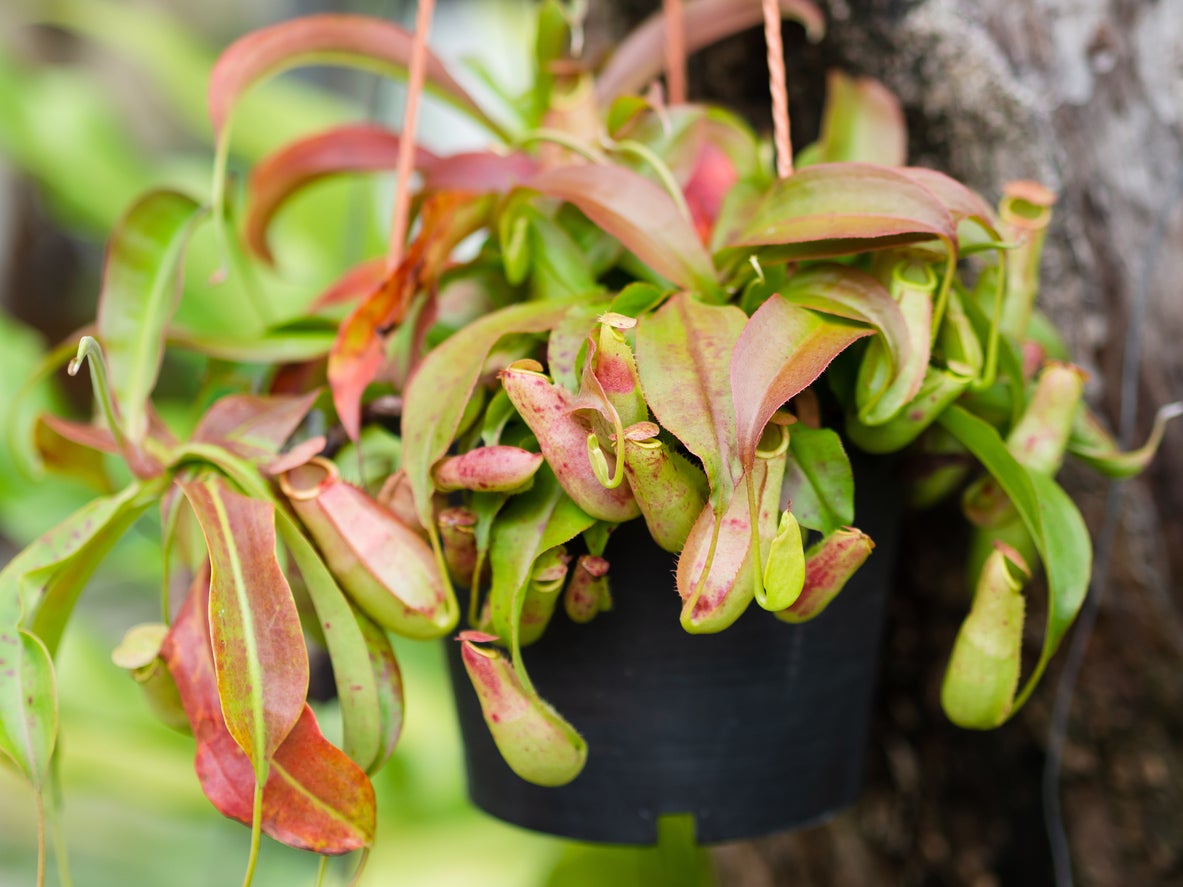 Nepenthes Pitcher Plants: Treating A Pitcher Plant With Red Leaves
Nepenthes Pitcher Plants: Treating A Pitcher Plant With Red LeavesNepenthes pitcher plants are often grown as houseplants. If you own one, you may see your pitcher plant leaves turning red. There are various possible reasons for a pitcher plant with red leaves; some require fixing, some do not. Click here to learn more.
By Teo Spengler
-
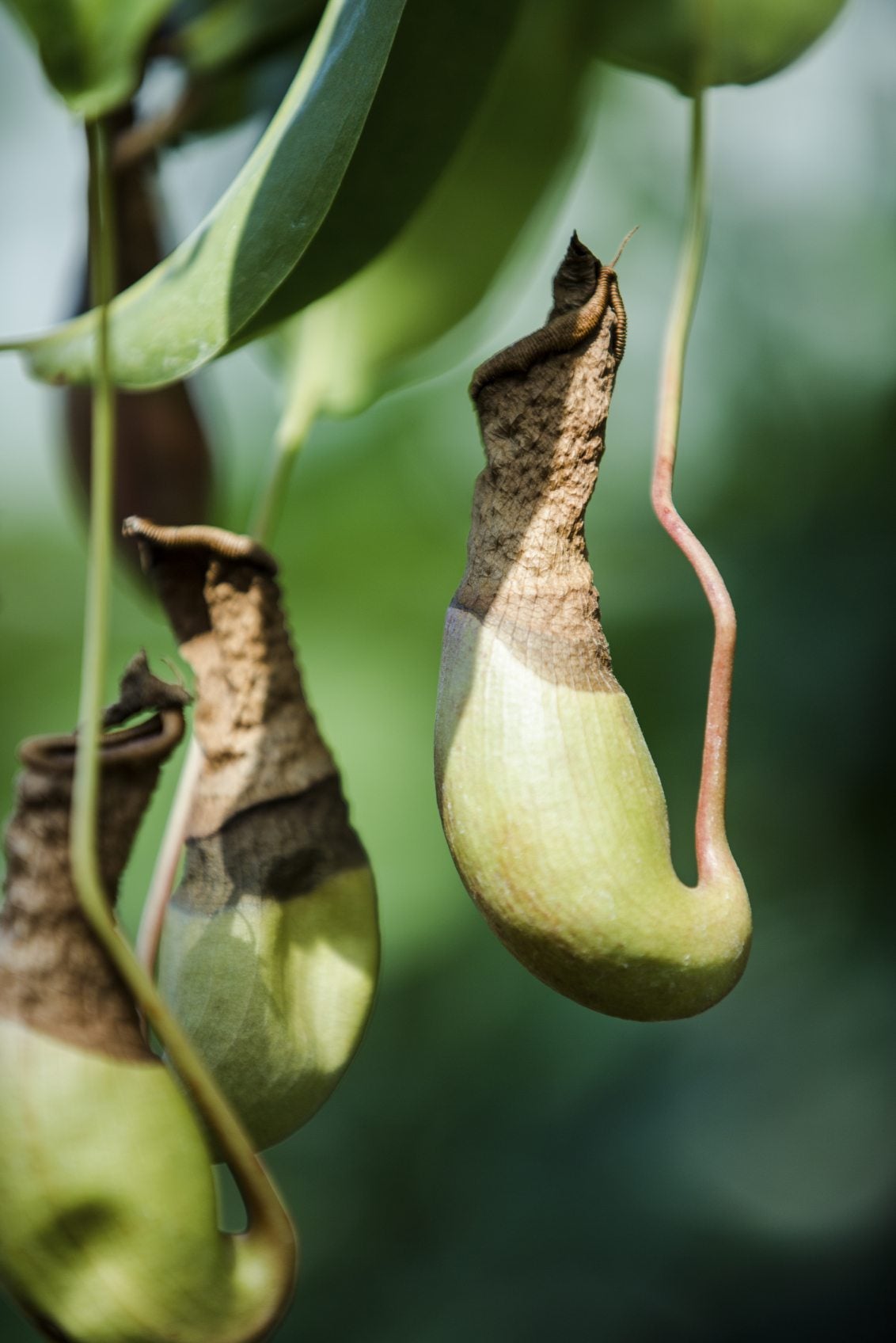 Pitcher Plant Pest Control: Learn About Pests Of Pitcher Plants
Pitcher Plant Pest Control: Learn About Pests Of Pitcher PlantsPitcher plants are exotic, fascinating plants, but they're prone to many of the same problems that affect any other plant, including pests. If you're wondering how to get rid of bugs on carnivorous plants, it can be tricky. Click here to find out why.
By Mary H. Dyer
-
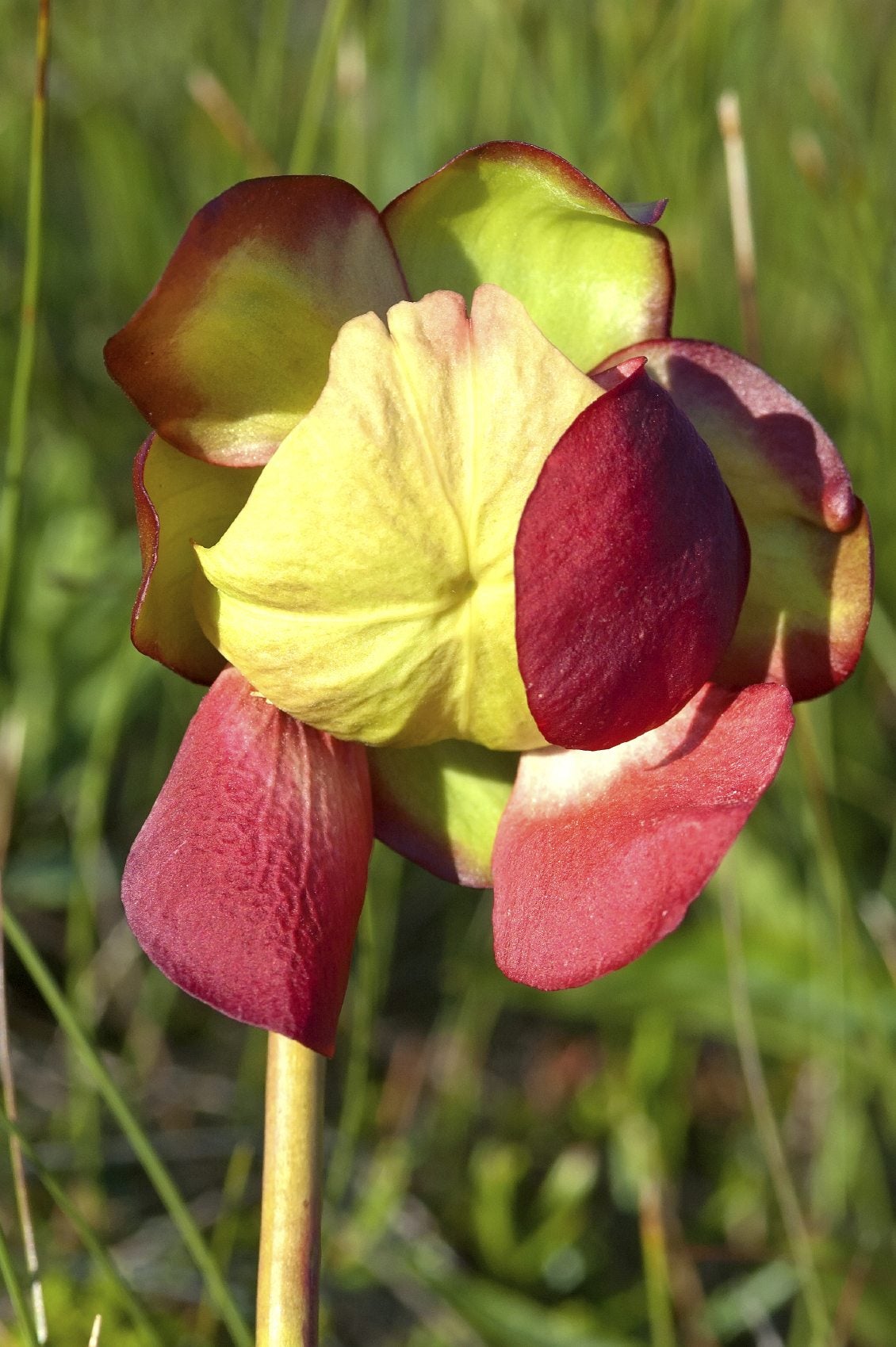 Do Pitcher Plants Bloom: Learn About Pitcher Plant Flowers
Do Pitcher Plants Bloom: Learn About Pitcher Plant FlowersDo pitcher plants bloom? They certainly do, and pitcher plant flowers are just as fascinating as the colorful, mysterious pitchers. Click on this article for more pitcher plant flower information. You'll be amazed at how lovely their flowers are.
By Mary H. Dyer
-
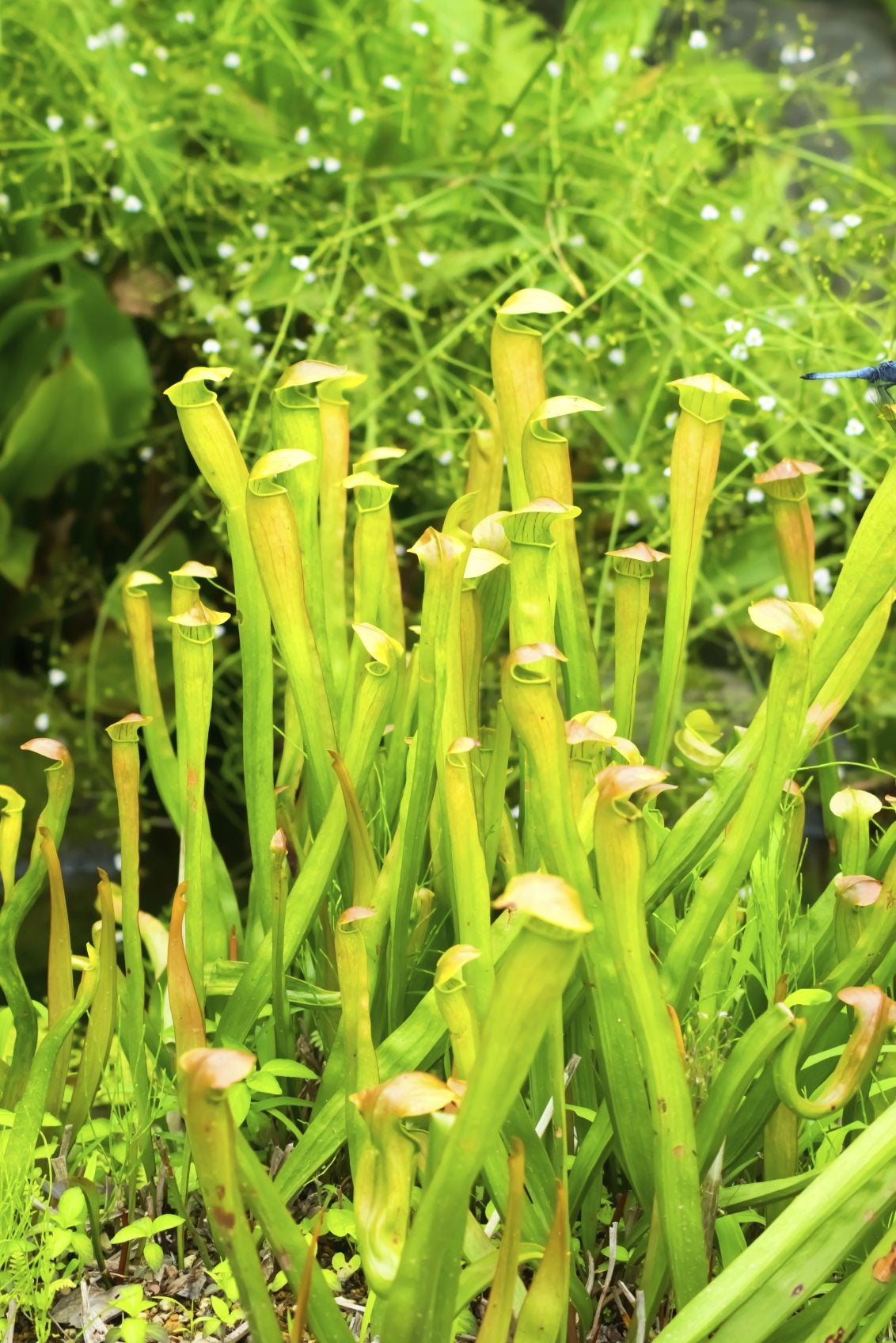 Pitcher Plant Info: Growing Pitcher Plants In The Garden
Pitcher Plant Info: Growing Pitcher Plants In The GardenGrowing pitcher plants outdoors requires a combination of conditions quite different from ordinary garden plants. To learn what these plants need to grow outdoors, click on the article that follows for additional information.
By Karen Boness
-
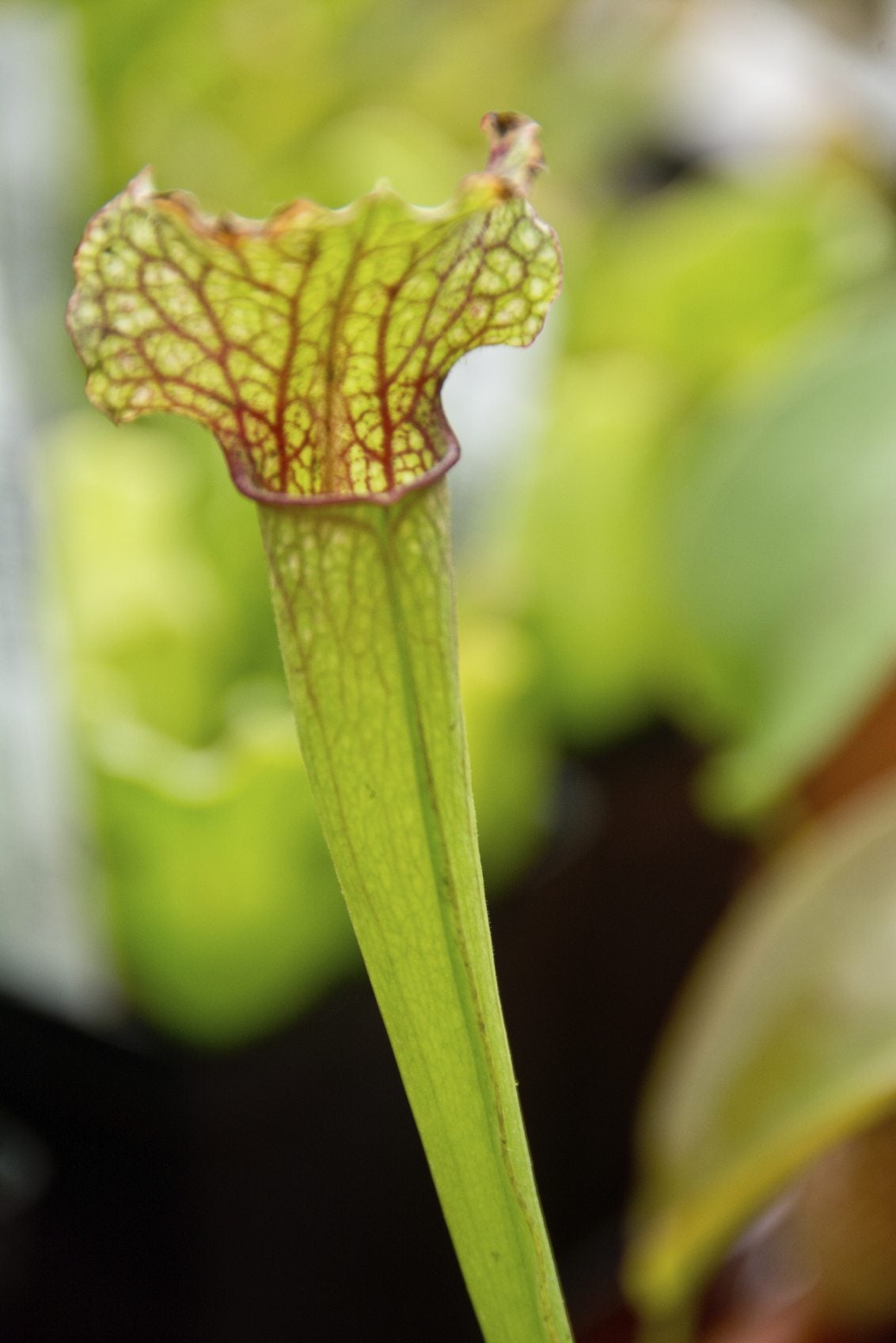 Carnivorous Plant Problems: Why A Pitcher Plant Has No Pitchers
Carnivorous Plant Problems: Why A Pitcher Plant Has No PitchersIf you're having carnivorous plant problems, such as a pitcher plant not making pitchers, it may require some troubleshooting to determine the problem. For helpful tips on this issue, simply click on the following article.
By Mary H. Dyer
-
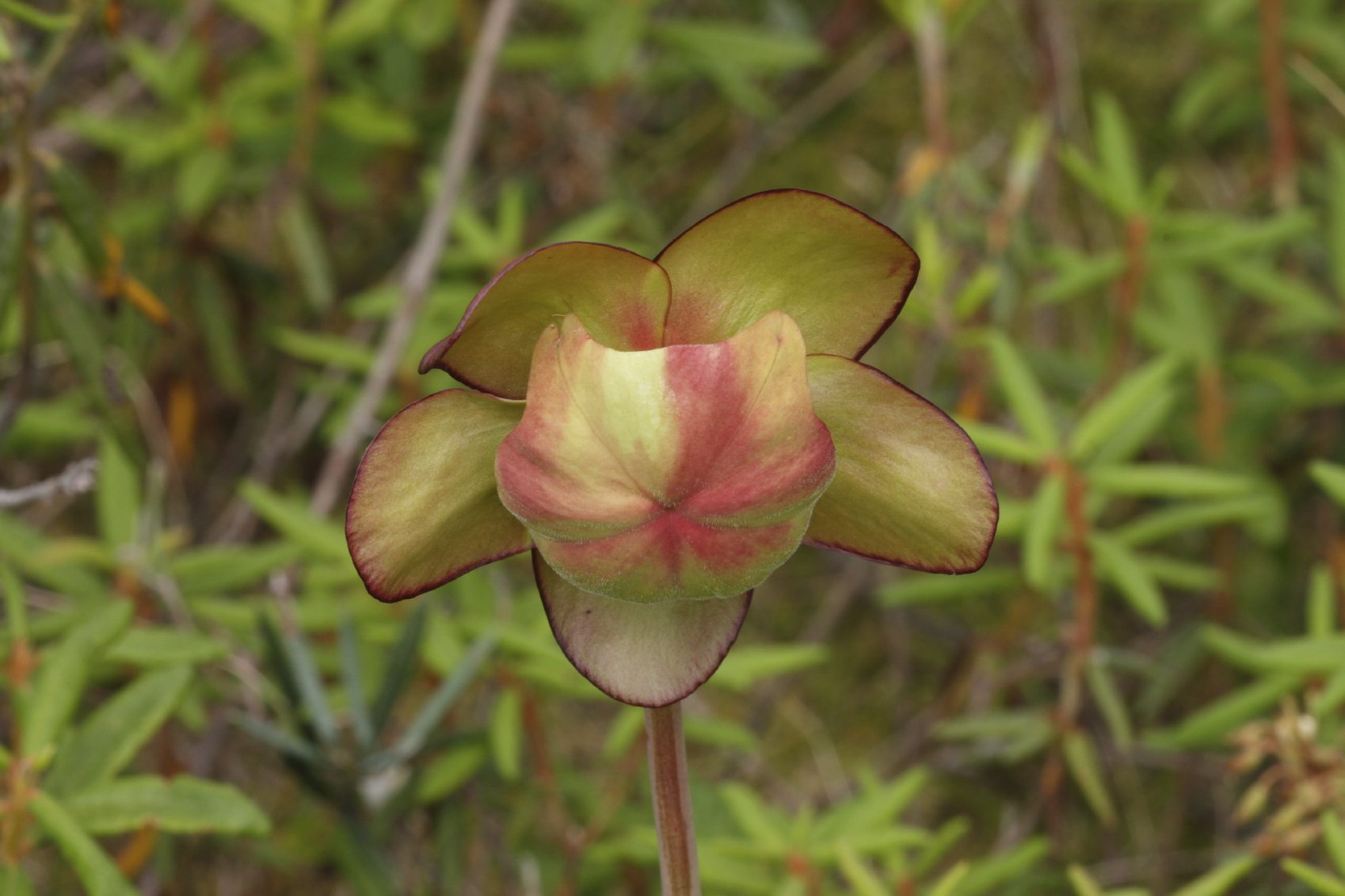 Pitcher Plant Seeds: Guide To Pitcher Plant Seed Growing
Pitcher Plant Seeds: Guide To Pitcher Plant Seed GrowingPitcher plant seed sowing is one of the best ways to reproduce this beautiful plant. But like the seeds of other carnivorous plants, they need special treatment to give them their best chance of growing. Click this article to learn more.
By Teo Spengler